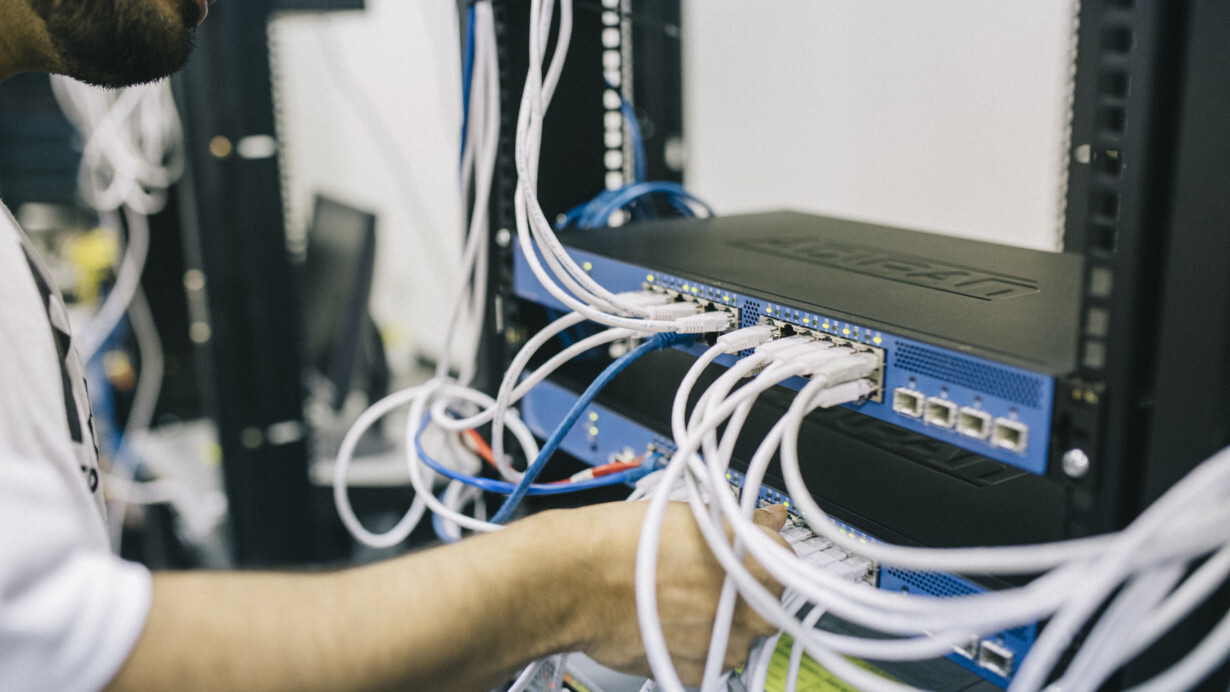
India might have Reliance Jio offering cheap internet plans, and forcing others to lower their rates, but that doesn’t mean we get good internet speeds.
According to a recent Speedtest report, India ranks low on the chart of internet speeds; both mobile as well as broadband. The reality hits when you see India’s name listed as 74 out of 133 and 112 out of 122 for broadband and mobile internet respectively.
It doesn’t really matter how much data is consumed in the country, which, let’s be honest, was never going to be low on numbers for a nation with a population of over 1.3 billion (and inching towards surpassing China very soon).
Most country’s 3G speeds are much faster than what we get as 4G in India.
Fast internet speeds desert India
While many mobile operators claim to be offering 4G (LTE) connectivity with speeds up to 50 Mbps, the true story highlighted in the report shows that the number stands in single digits at 8.18 Mbps right now, while the global average stands at a staggering 52.3 Mbps.
This average has been accrued from data received from multiple users across the country. In terms of broadband speed availability, the report puts India at number 74 on the list with an average speed of 16.26Mbps, which is put to shame by the global average of 154 Mbps.
We all know that India is a price conscious market, where everyone looks to rake best value for any service taken. But this price sensitivity has meant our speed standards are nowhere close to matching global peers, and for an emerging global economy, that needs quick redressal.
No point consuming 100 crore GB worth of data, if the service provided doesn’t meet global standards.
Where does the problem lie?
Many factors must be considered while pitting India against most countries in the world. Geographically, India is a vast nation and with its growing population, the density factor ensures that telcos and internet providers catering to consumers always end up bearing network congestion.
In addition to that, you’ve got issues like high mobile spectrum prices that the Indian government charges from the telcos. Then, most cities have organisational issues not allowing the internet cos to lay down the fibre optics for high-speed broadband service, widening availability to all corners.
PM Modi and his regime are focused on changing the internet penetration landscape, and right now, their focus is to ensure the last-mile connectivity improves, but there’s a long way to go before that is achieved.
It’s a start, nevertheless
Having said that, India’s internet outlook is improving and experts believe that within the next decade, the scenario is likely to be much rosier than what we are seeing right now.
We shouldn’t forget that data rates in India are probably the cheapest, and if the government, along with telcos, can work out a way to speed up the internet (literally), then we’re set for a promising future.
This post was originally published by Bloomberg | Quint
Get the TNW newsletter
Get the most important tech news in your inbox each week.





